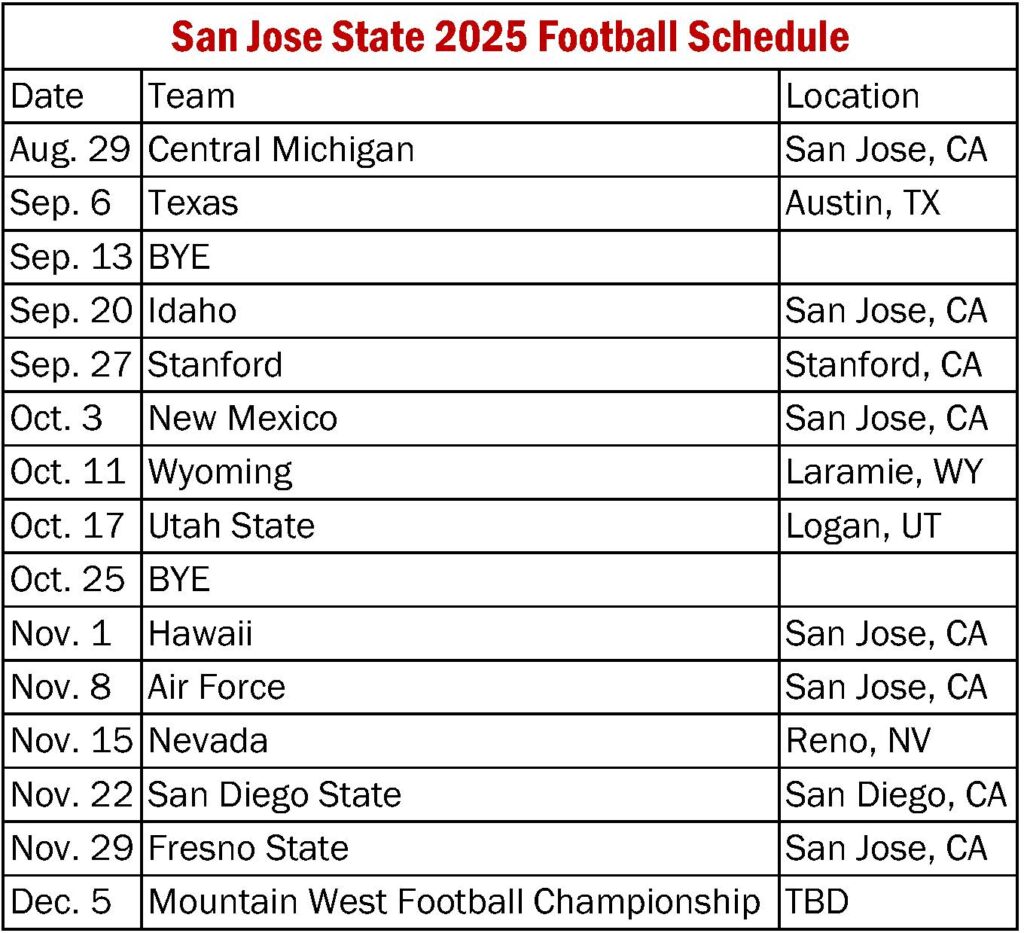Blog Article
The Ken Niumatalolo Red Flags Everyone at San Jose State Is Ignoring
Ken Niumatalolo’s first season at San Jose State fooled everyone.
The surface stats scream success: 7-6 record, bowl game, signature wins over Stanford and Oregon State, college football’s first unanimous All-American receiver in program history. Sports media ate it up. Fans bought the hype. Even his hot seat rating of 1.221 suggests he’s exceeding expectations.
But here’s what nobody wants to tell you: this “success story” is built on a foundation of statistical smoke and mirrors.
The Numbers Don’t Lie (Even When Everyone Else Does)
College football fans suffer from chronic outcome bias.
They see seven wins and assume progress is linear. They watch highlights and project optimism. They read feel-good stories about “culture” and “authenticity” without examining what actually happened on the field.
Our analysis shows an entirely different story:
- San Jose State averaged 321.8 passing yards per game
- They managed just 88.1 rushing yards per game
- That’s a nearly 4:1 pass-to-run ratio that borders on offensive malpractice
- The ground game produced 3.9 yards per carry with only 13 rushing touchdowns
- Turnover margin was exactly neutral: 2.2 per game both ways
Here’s the most damning evidence: Six games were decided by eight points or fewer, and San Jose State went 2-4 in those contests.
Championship-caliber coaching shows up in close games.
Niumatalolo’s Navy tenure reveals everything you need to know about his coaching ceiling.
Yes, he won 109 games in 15 seasons. Yes, that’s a .568 winning percentage. But here’s what the highlight reels don’t show you:
- Navy went 11-23 over his final three seasons (2020-2022)
- They had consecutive 4-8 campaigns that got him fired
- In 2022, Navy averaged 21.9 points per game (106th nationally)
- They managed just 326.8 total yards per game (111th)
The pattern is obvious: rigid coaching disguised as philosophical consistency.
When Navy had superior athletes within its triple-option scheme, it produced 11-win seasons in 2015 and 2019. When recruiting advantages eroded and the scheme became predictable, the program collapsed.
Sound familiar?
The False Narrative of “Seamless Transition”
Everyone loves the story about Niumatalolo adapting from Navy’s triple-option to San Jose State’s spread offense.
It makes for great copy. It suggests coaching versatility. It feeds the narrative that great coaches can succeed anywhere with any system.
Here’s the truth: San Jose State’s offensive “success” came from exactly two players.
Nick Nash and Justin Lockhart combined for:
- 2,365 receiving yards
- 21 touchdowns
- 157 total receptions
In a passing offense that totaled 4,183 yards and 31 touchdowns, two receivers accounted for 57% of the yards and 68% of the scores.
That’s not systematic offensive innovation—that’s dangerous over-reliance on elite individual talent.
The 2025 Reality Check Nobody Wants to Face
Nash and Lockhart are gone.
The returning receiving corps includes Matthew Coleman (401 yards, two touchdowns), Cooper Hoch, and Roy Gardner. Combined, they had fewer than 500 yards in 2024.
But listen to Niumatalolo’s recent comments to 247Sports: “We actually feel like we’re deeper as a group, receiver wise, from top to bottom, because we were able to go to recruit to what we what we’re looking for.”
This statement either reveals deliberate misrepresentation or genuine delusion about roster construction.
Meanwhile, the 2025 schedule includes:
- Texas (in Austin)
- Stanford
- Multiple Mountain West contenders
- Teams with superior depth and coaching
The expectations game is about to get very real.

Why “Culture” Can’t Save Bad Football
Niumatalolo’s messaging focuses heavily on intangibles.
“Our culture has been our biggest sell,” he told HERO Sports. “It hasn’t been NIL money or revenue sharing or any of that. It’s been guys have come to our practices and they’ve felt that it’s different here.”
This rhetoric frames resource limitations as philosophical choices while avoiding accountability for on-field results.
Here’s what nobody talks about: fans and media love stories about culture and authenticity because they provide emotional cover for tactical deficiencies.
But culture doesn’t block defensive ends or throw touchdown passes.
The Coaching Tree Red Flag
Want to know if a coach can develop talent and systems?
Look at their coaching tree. Niumatalolo’s primary pupils include Naval Academy defensive coordinator Brian Newberry (who replaced him and immediately struggled) and various position coaches who never advanced to prominent roles.
Even more concerning: Niumatalolo spent 2023 at UCLA as “director of leadership“—essentially a sabbatical to study modern college football elements, such as NIL and transfer portal management.
A 15-year head coach required remedial education in contemporary recruiting methods.
And he chose to learn from UCLA—a program hardly known for elite NIL or transfer portal management.
That should terrify San Jose State fans.
What to Watch in 2025 (The Real Indicators)
Forget overall record when evaluating Niumatalolo’s coaching in 2025.
These indicators matter more:
- Close game execution: Can they finally win when it matters?
- Running game development: Does the ground attack show systematic improvement?
- Production distribution: Can the offense succeed without elite individual talent?
- Late-game decision making: Do they make wise choices in crucial moments?
The analytical evidence suggests 2025 will expose the gap between perception and reality.
The Bottom Line Truth
Ken Niumatalolo’s 2024 performance represents competent but not exceptional coaching masked by favorable individual circumstances.
His hot seat rating of 1.221 reflects lowered expectations rather than coaching brilliance. The receiver production gap, schedule difficulty, and historical patterns of inflexibility all point toward performance regression.
For San Jose State, the expectations game is about to end.
2025 will reveal whether this coaching hire represents genuine program elevation or just another example of how college football narratives mislead those who mistake correlation for causation in coaching evaluation.
The brutal reality is simple: coaching greatness reveals itself through adversity, not comfort.
And adversity is coming.

